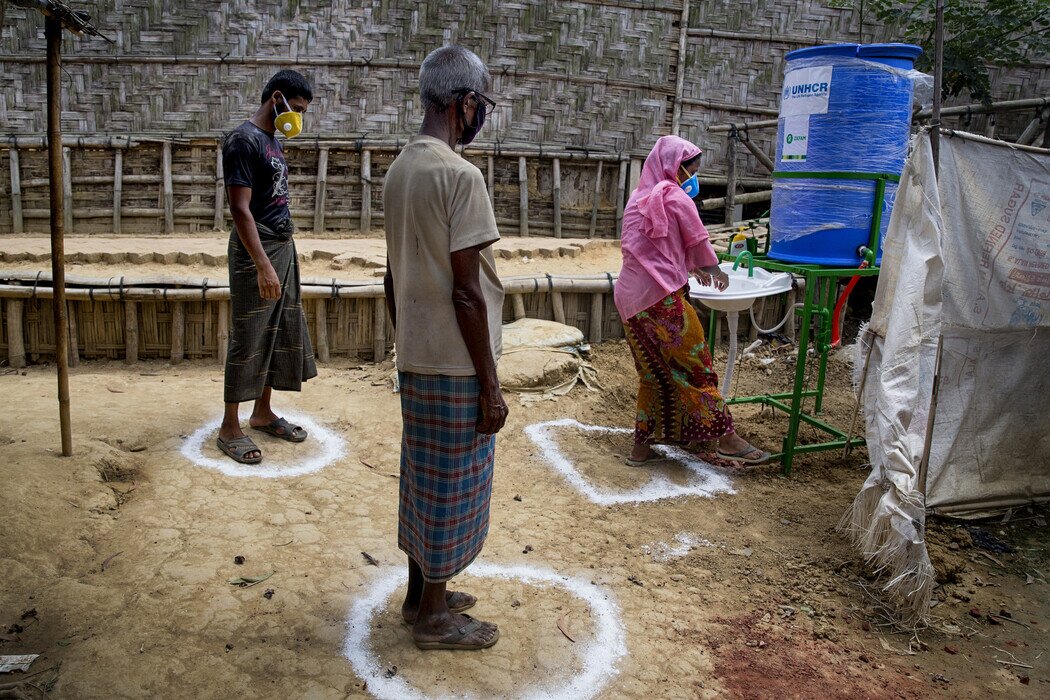人道救援2020年7月31日
Collective action: The best way to fight COVID-19 in refugee camps (只有英文)

樂施會
樂施會是國際扶貧機構,致力透過政策倡議、社區扶貧及人道救援服務,與大眾共建「無窮世界」。

Photo: Fabeha Monir/Oxfam
With a relaxed ban on gatherings, and places like party rooms and gyms reopening, COVID-19 might not be as great a worry as it was a few months ago in our city. While more people might be venturing forth and socialising (at a safe distance) here, one of our greatest worries materialised in another part of the world in mid-May: Rohingya refugees in Bangladesh saw their first cases of COVID-19.
Maintaining a physical distance is crucial to curbing the spread of the disease, but with close to 1 million Rohingya refugees living in jam-packed Cox’s Bazar – one of the largest refugee camps in the world – this isn’t easy. Knowing this though, those living there took the disease seriously.
‘I know about coronavirus,’ says Jahan (pseudonym). She says volunteers in the camp have explained the disease and how to prevent it. ‘I heard that we have to clean hands often with soap … We also have to maintain distance from each other. If someone gets sick, we have to take the person to the hospital.’
While Oxfam had installed handwashing facilities in the camp when refugees had arrived from Myanmar to fight off diarrheal and other diseases, these became potential vectors for the hyper-contagious new virus. So we put our heads together with the community to create a safer design – an approach we call ‘social architecture’.
‘We installed a prototype of the handwashing station and then interviewed about 43 people after they used it,’ says Enamul Hoque, Oxfam’s coordinator for water, sanitation, and hygiene in the Rohingya refugee camps. ‘Based on what they told us, we altered the design.
‘We are especially interested in hearing input from women and girls, because they have so many responsibilities related to water and keeping their families clean … What was also significant is that this process helped girls take charge of a piece of their lives,’ says Hoque.
The new handwashing station now has many useful features, including a pedal so users don’t have to touch anything with their hands. It’s been vetted by the women and girls that use it most and is now ready for manufacture.
With World Refugee Day not that far behind us, let us honour the resilience of these refugees and those around the world, recognise their struggles as well as the positive impact they’re making in the world.
